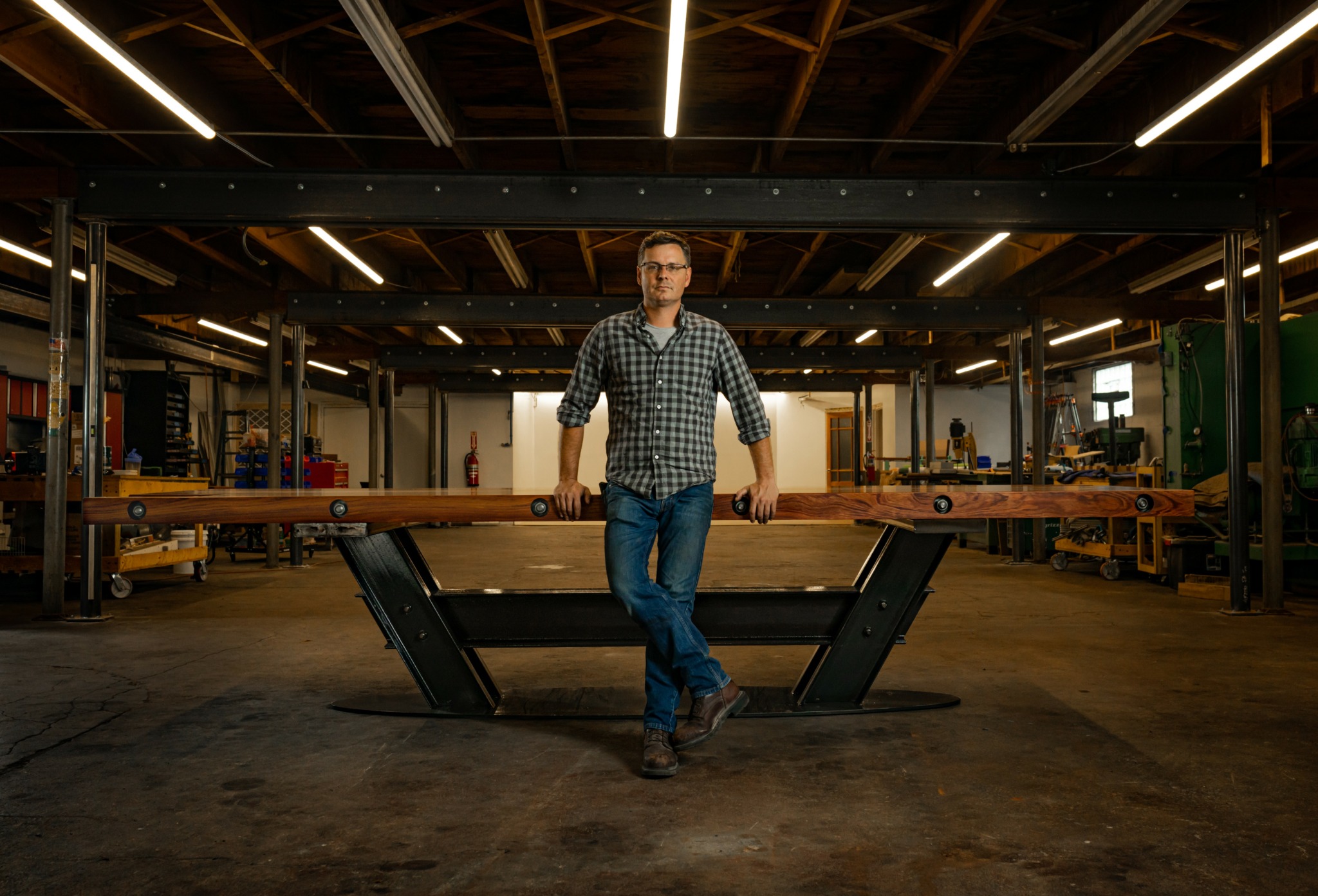We recently connected with John Batchelor and have shared our conversation below.
John, looking forward to hearing all of your stories today. Folks often look at a successful business and imagine it was an overnight success, but from what we’ve seen this is often far from the truth. We’d love to hear your scaling up story – walk us through how you grew over time – what were some of the big things you had to do to grow and what was that scaling up journey like?
I started the business with modest aspirations. I had been working in business development for various B2B service companies. At the same time, I was working on our 1890’s Queen Anne Victorian, and I began sharing furniture and furnishings that I was building in our house to social media. It did not take long for people to begin reaching out and asking me to make them things.
At this point in time, while I owned a house, I did not even have a garage to build things in. I was building things in my in-laws garage. . . . much to their chagrin. On the plus side, they have a nice tool selection, my mother in law has a great eye for design and would help out, and they had a pool I could jump into to cool off on hot days.
One Monday, I left a morning operations meeting, called my wife, and said, “I can’t do this anymore.” A few weeks later I convinced her we should buy a building in Dayton, Kentucky. That building, in hindsight, was not a good fit. At the time, the modest 400 sqft of fabrication space and a simple 800 sqft for a showroom seemed huge. But it took about two months for the initial proposed showroom to become fabricating space and the rear of the building was dedicated finishing.
It did not take long before the project size(s) were larger than the space we had in that building. We needed more space and we needed it fast. We quickly leased space. We signed a quick commercial contract. We did minimal due-diligence on our landlord. We moved into 4000 sqft without verifying conditions. Etc. We made all of the rookie mistakes a business can make. You don’t know what you don’t know. The space did not have a proper roof, insulation, heating, cooling, plumbing, a bathroom, or the proper electrical for our machines . . . we brought most of that to the space.
We stuck it out, having invested nearly six figures in labor, materials, vendors, etc into making this space work. But the experience soured me a bit on renting.
I began looking for commercial real estate to buy. But, I knew, having experienced the pains of moving shop, the costs of moving shop, the distractions of bad landlords . . . that I had to find something we could not outgrow quickly.
A friend brought a building to my attention that hadn’t been listed yet. The night before walking through the building a friend of mine, also a business owner and a realtor, and I were having dinner. He had just sold his business and mentioned he had short term working capital for commercial investments . . . if we needed it.
It could not have been 16 hours later, I was ringing him to tell him about this property. The previous owner was in a rush to get out of the mortgage. Was willing to take quick cash. And said, “whoever puts X into my hand first, gets the building” . . . and my friend put the money into his hands. That friend put together a generous length contract term for us to get the building signed over. And we went from renting 4000 sqft to having 13,000 sqft to grow into. Owning the right real estate for your business, can make all the difference in financing, in your overhead, in cash-flow, in every possible money scenario. Owning your real-estate can make the difference. Owning our real-estate, specifically this real estate, has allowed us to scale up our metal working operations in tandem with our woodworking and millwork operations. We were able to scale quickly. We were able to find good people fast. We were able to do everything quicker, because we found the right real estate and were able to leverage it accordingly.
None of that was easy of course. Finding the right lender was a nightmare. Commercial real-estate is its own bag of terrors. Prior to trying to secure this building, I had never been denied a credit card, a loan, anything. And then I got my first rejection. And then a second one. And then, we met a banker Victor Hernandez. And Victor said, “if I can’t do your deal, I will find someone who can.” His bank could not do our deal. And the first bank he referred us to could not do his deal. And the second couldn’t . . . and after 6-7 months of thinking something was going to happen but being unable to find financing . . . I may have voiced some of that frustration to Victor. He said, “give me 48 hours.” Two days later he calls me, “John, I found someone who can do this deal. I’ve gone over the particulars. They know how it has to be structured. They can do it.” The next morning, Dean Allen at River Hills Bank calls me, “I heard you want to buy a building.” He asked for the standard document package. We sent it over. Two days later, mid-afternoon. He calls me, “We can do your deal.” At this point, I was a bit skeptical so I said, “define what “we can do your deal” means.” “John, this is a small bank. I am one of five people who signs off on these loans. Three others are down the hall. Barring some major change to your credit situation . . . this deal is done”. It closed three weeks later with Christmas and New Year in between.
A good banker. Other business owners. Good people . . . that makes all the difference in small business. I have been quite lucky.
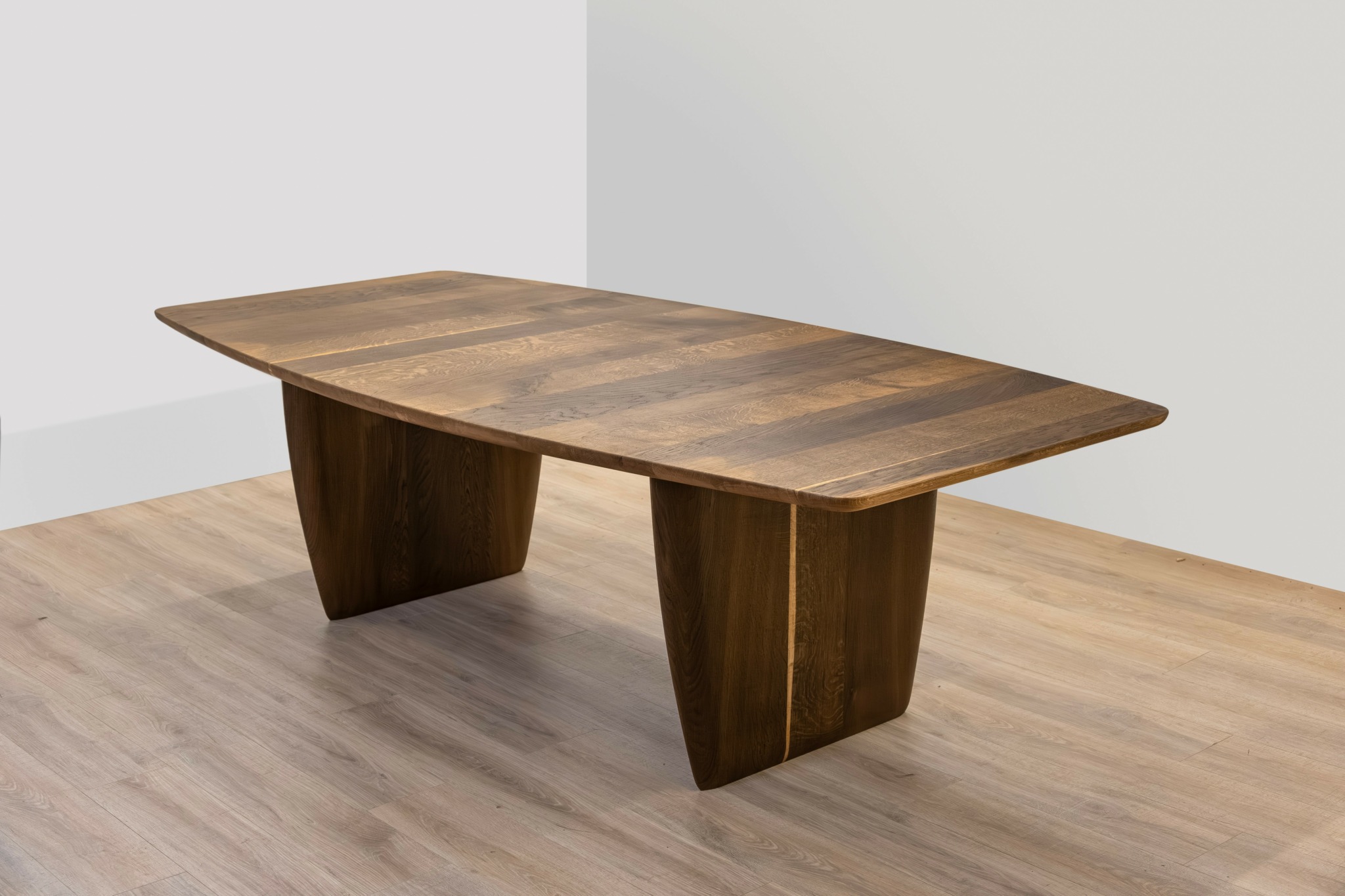
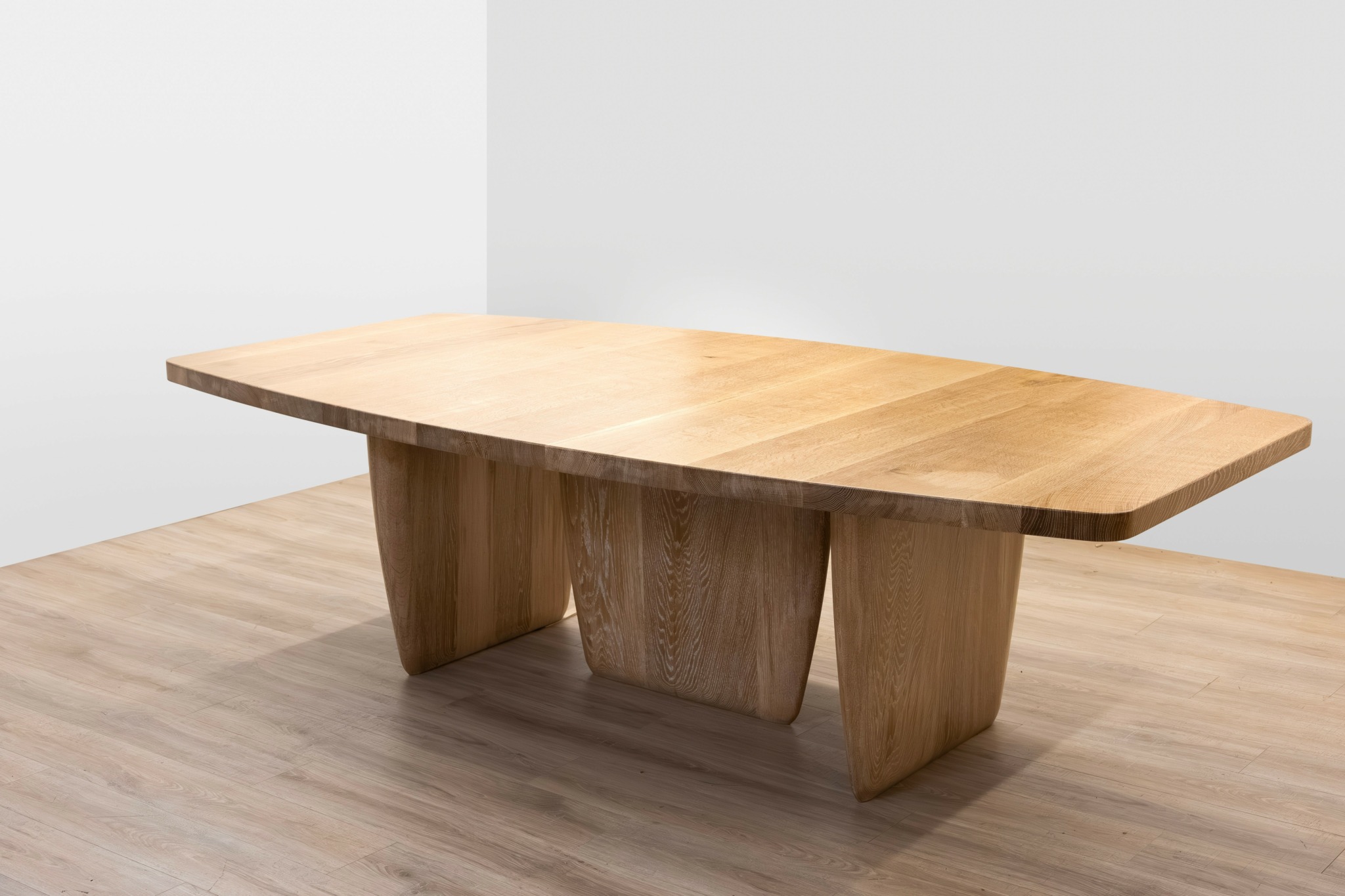
Awesome – so before we get into the rest of our questions, can you briefly introduce yourself to our readers.
I started my business because I liked building things. I liked building things well.
With each project we push our skills and capabilities. At this point, our business produces architectural millwork, residential cabinetry built-ins, metalwork, sculptures, etc.
The value I think we bring stems from our diverse skill sets and background. Because we are multi-disciplinary in-house, we understand projects holistically from conception to installation. We understand how materials interact and what is going to produce the best long-term results for our clients. We can also identify solutions to common design over-sights.
Our brand is just about things being done thoughtfully well. It does not matter what that object is. Everything we make it made incredibly well and to a client’s aesthetic.
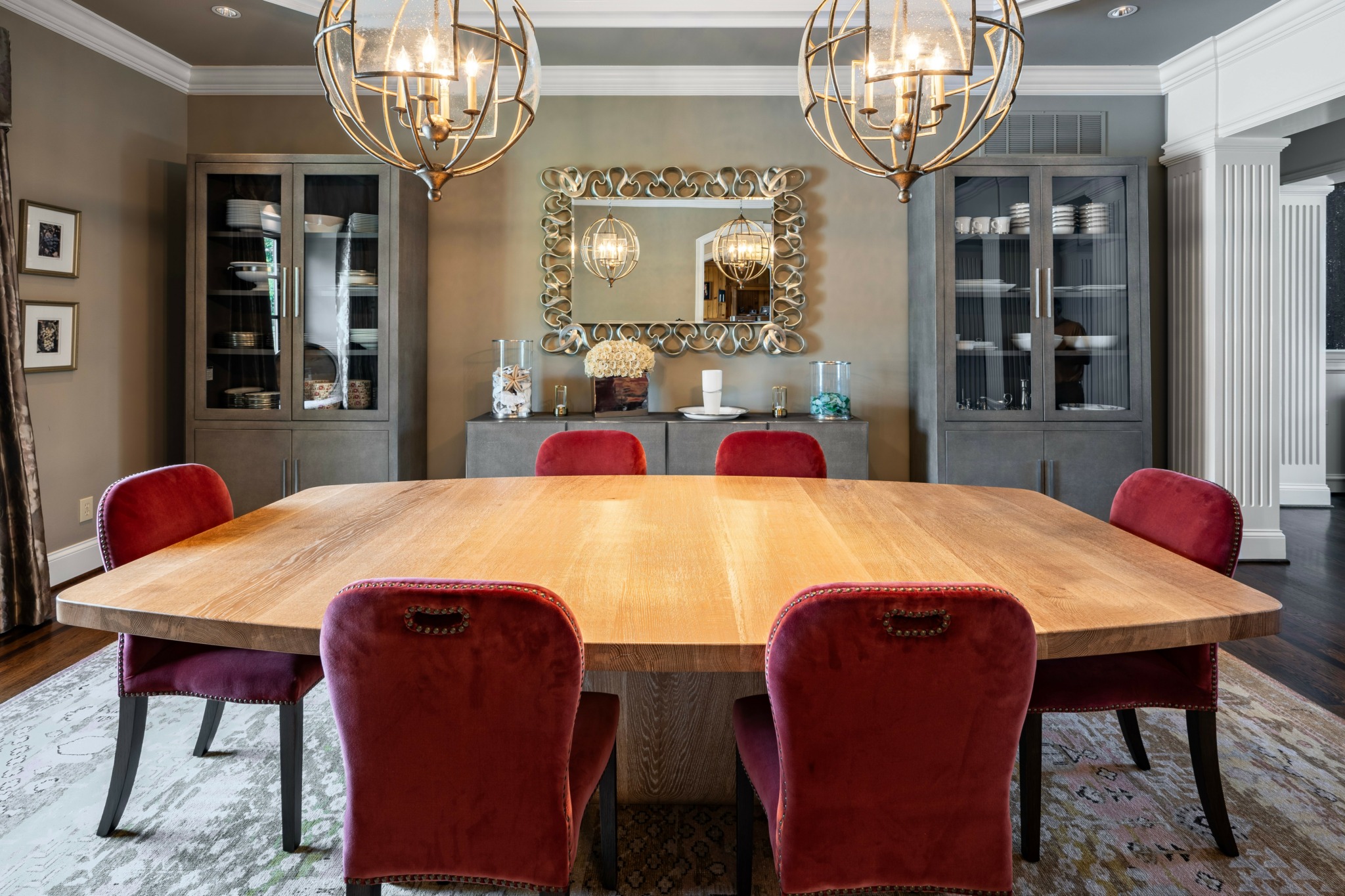

Can you open up about a time when you had a really close call with the business?
Everything can be going brilliantly. You can be 150%-200% year over year. You can have your best cashflow in years. You can have the phone ringing off the hook. You can be in a position where you cannot respond to emails fast enough. And then you can go from telling everyone they better clear their calendars we are going to be slammed . . . to wondering if you can pay all of your bills. To wondering which bills you are going to pay first. To wondering which bills are you going to skip. Those moments happen. And I think to any small business with overhead and employees . . . you are 90-120 bad days away from that. If you are beyond that, congratulations. But, for me, we have always been in a growth mindset. Every dollar goes to funding the next way to grow.
In my work, slow accounts receivable can definitely impact us. You’ll naively look into ways to lend money. You might start with a conventional banker or bank relationship. You might find a line of credit. You might find a term loan option. If you own real-estate you might be able to borrow against that. And if those start to dry up . . . then you find yourself in a scary place. You aren’t talking to a guy threatening to break your knees if you fail to pay. But you’ll be offered loans that they expect you to default on.
The worst lending product we ever utilized was an emergency line of credit. We were waiting on $46,320 to arrive via the mail. And I had to cover payroll. The quick line of credit I was able to find charged approximately 25% of the borrowed amount each day it was active. Not an APR. Not a monthly rate. Daily rate of 25%. It happens.
Watch your cash flow. Get a flex card, as soon as you can. Get a line of credit from a bank.

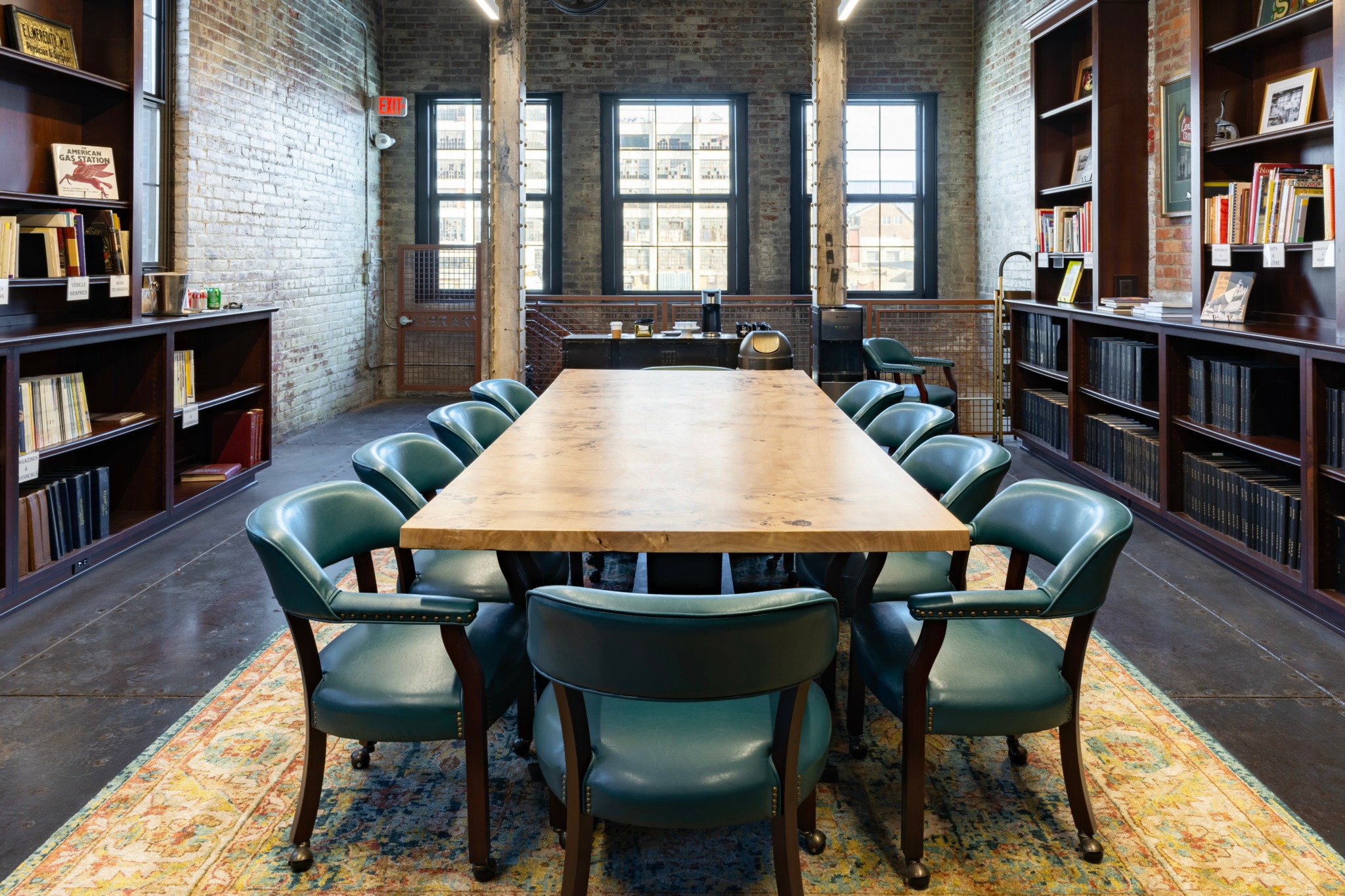
We’d love to hear a story of resilience from your journey.
I had a potential business partnership that didn’t work out. When we were growing rapidly I needed someone to manage certain projects. I met someone that I thought could provide long-term value and we had gone in together on renovating a leased space. I was on the hook for it financially but we had invested a lot of time in the space together. We had gone out and created work for the business together. But that relationship became one where I went from building and fabricating most things to being more of an office person. And the relationship just unraveled over time. I laugh now, but I remember seeing his car parked out front and not wanting to go inside. I told him we needed to end it. I wanted to finish up the projects we had on the book but he said he was done. He locked me out of all of the drawing files but offered to continue to release our existing work if I was willing to pay what I would call a ransom.
I had a choice. To continue working with this person. To shut down the business. Or to start over on my own. And I made the decision then, that I would never leverage myself or allow another person to put me in a position of leverage like that ever again.
I dug in. I put in the time to draw the projects, to learn the software, to make the work happen. I closed out the bad rental agreement in our leased space. I took the debts associated with that building and the lessons learned in that rented building to grow the business smarter. To find good people. And to enjoy the working environment as much as the work. That experience taught me that daily happiness matters more than money.
Contact Info:
- Website: https://singlebatchdesigns.com
- Instagram: single_batch_designs
- Facebook: https://www.facebook.com/SingleBatchDesigns/
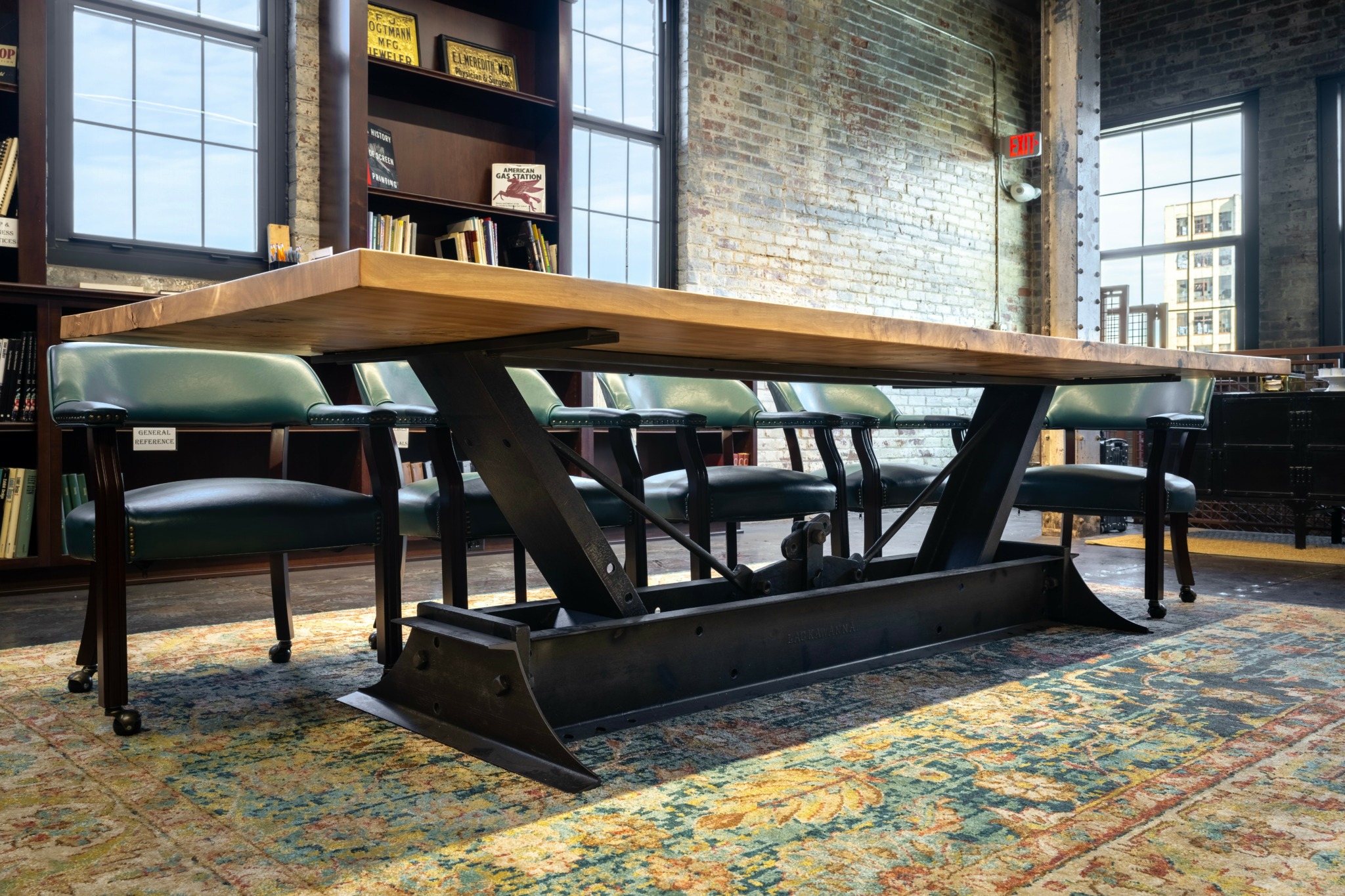
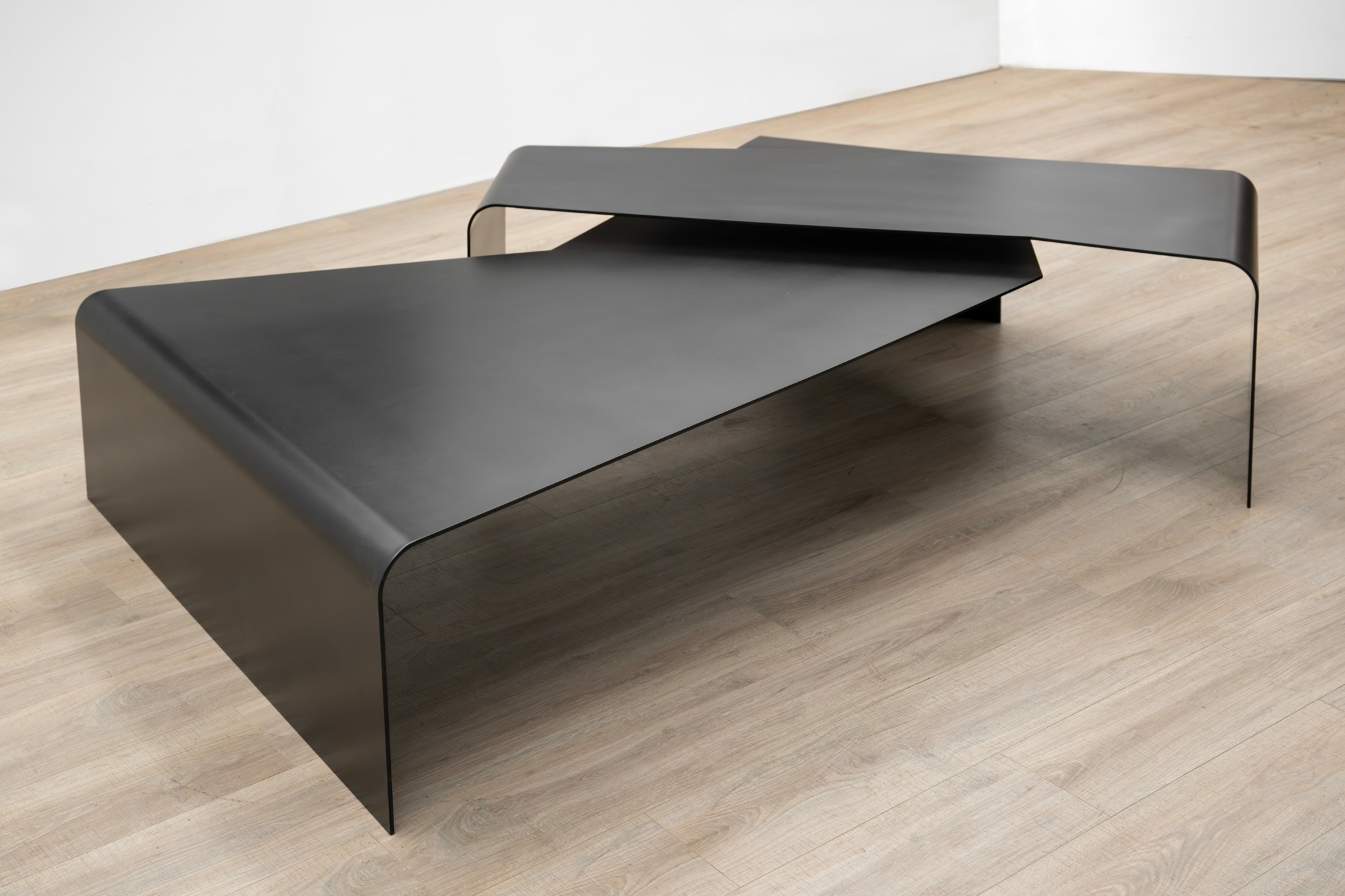
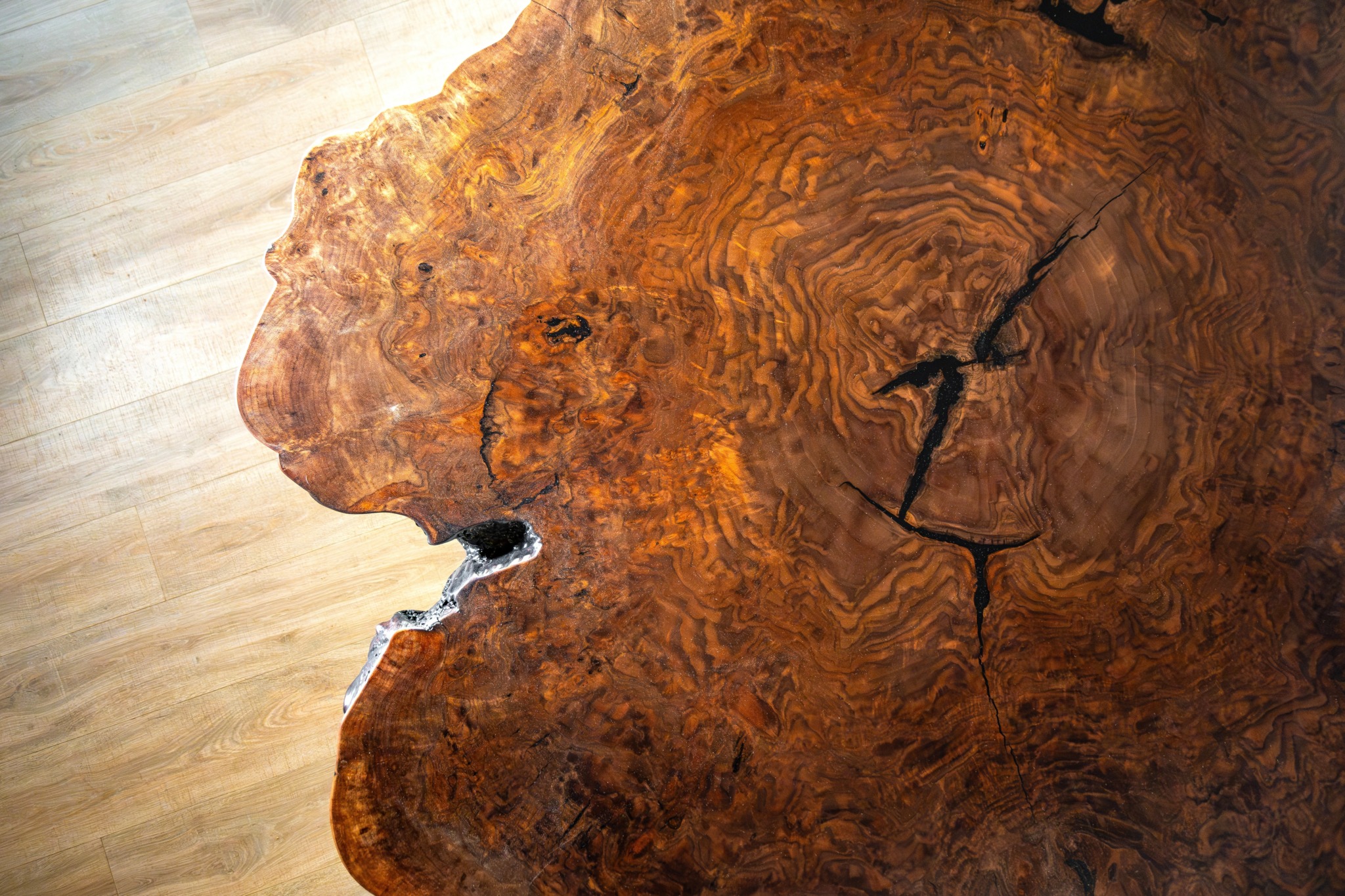
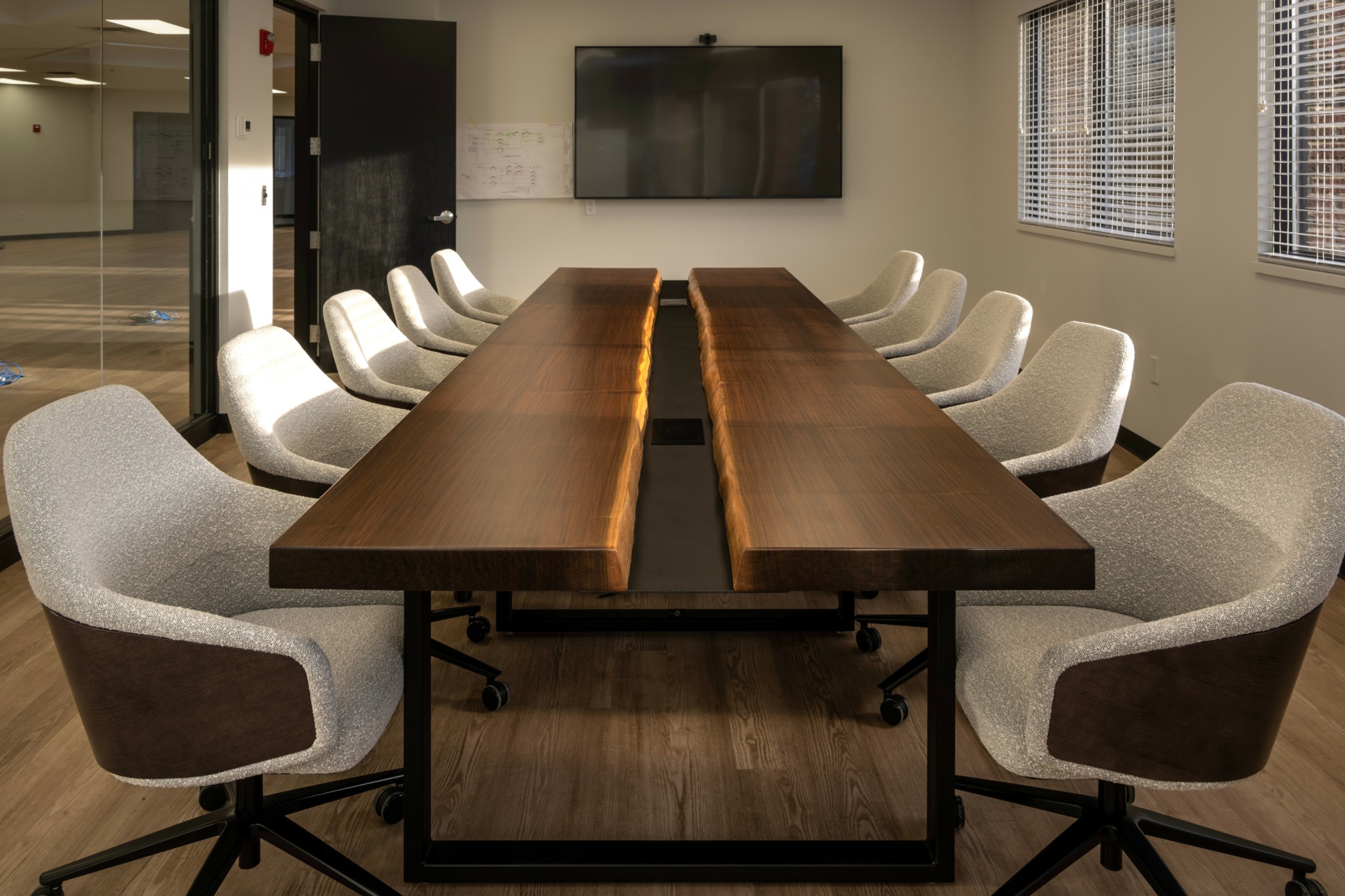
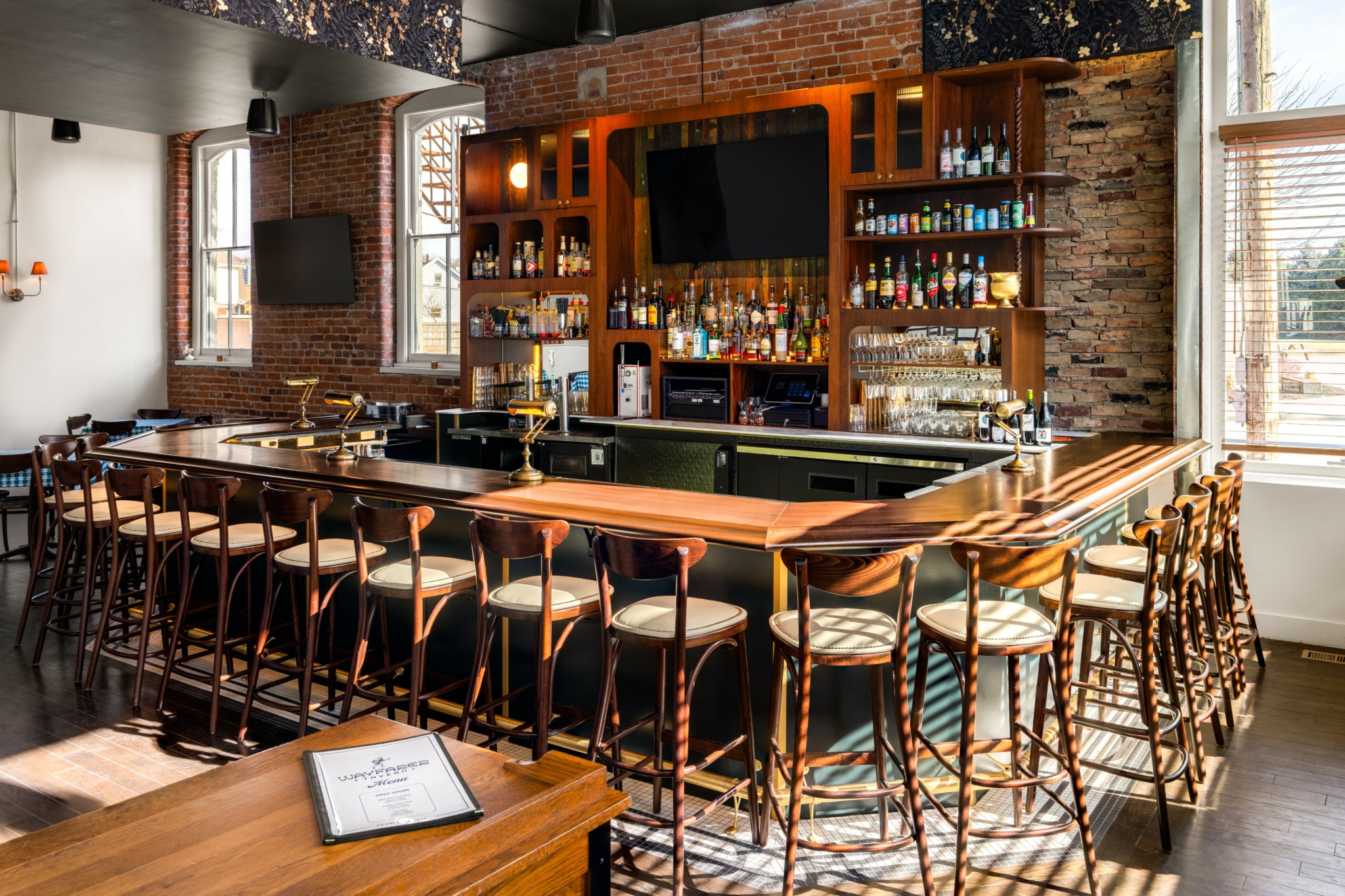



Image Credits
Phil Armstrong (@cincyphil)


